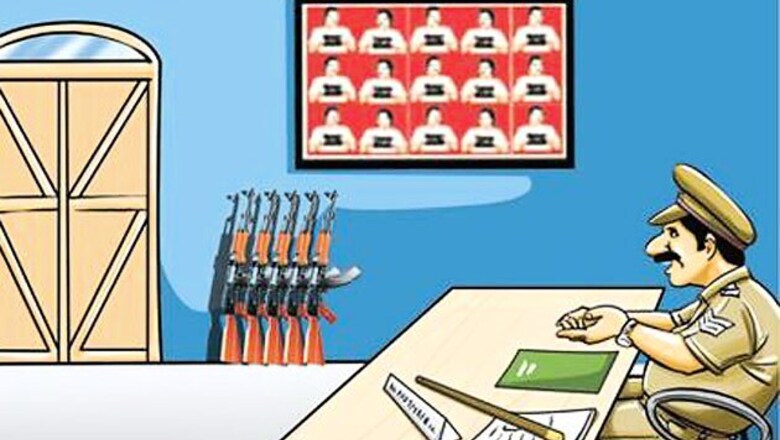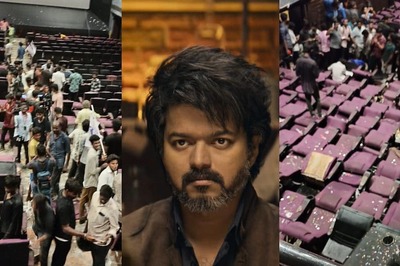
views
Bangalore: Ramesh Yadav, convicted of various misdemeanors, bears a rather morose expression on his face. Another notorious criminal who was dressed in an attire, fit for the stars, has no qualms about his deed. As they stare into the camera with befuddled expressions, one cannot help but notice defiance in their eyes. While some photographs may portray a picture of innocence, the gallery is in fact a collection of criminals.
The rogues’ gallery includes pictures, details and description of petty thieves, pickpockets and other offenders who have committed crimes that are punishable by law. Extensively used for a group of dicey characters, it was Allan Pinkerton, a Scottish American detective and spy, who devised an intricate system that compiles description, modus operandi, and names of criminals and their associates. This was to allow law enforcement agencies to have a consolidated photographic record of the arrested individual to allow for identification by victims and investigators.
The concept of rogues’ gallery was introduced to India during the British Raj. Over the years, the East India Company recorded and documented several cases involving burglars, merchant kings and buccaneers. Today, the list has expanded to corrupt bureaucrats and even gangsters. Such a gallery used to be ubiquitous in all police stations. The gallery which features photos of accused in cases falling under their jurisdiction can no longer be seen in station corridors today. The police department in Bangalore is looking forward to digitising the gallery.
“Photographs of habitual offenders and unwanted criminals were usually displayed on a board so that police personnel could identify them easily. However, today we do not display them publicly. A private record of all photographs is maintained by the department at every police station. Earlier, rogues’ gallery was displayed at various public places. However, today all such practices have been put to an end,” said Renuka J M, Sub-inspector.
Once the mug shots are clicked, the offenders are then identified and categorised based on the nature of their crimes. “All criminals are usually classified into seven different categories ranging from rowdy, thief, pickpocket to murderer. Once the details — height, aliases, crime and associates — have been charted out, they are carefully scrutinised by a team at the police station. Photographs are maintained at the station and a back up is sent to the CCRB (City Crime Record Bureau) department on a regular basis. Once the entire process is digitised, it will be easier for every department to keep a track of offenders at all times,” she added.
On questioning B Dayanand, joint commissioner of police (crime) about the whole ‘digitisation’ process, he said, “We still follow the manual archival system with respect to rogues’ gallery. Since it is maintained at every police station, a better system needs to be put in place. Once the gallery is digitised, every police station will have better access to photographs and details. The process is underway and soon Bangalore’s rogues’ gallery will go digital,” he said.
















Comments
0 comment